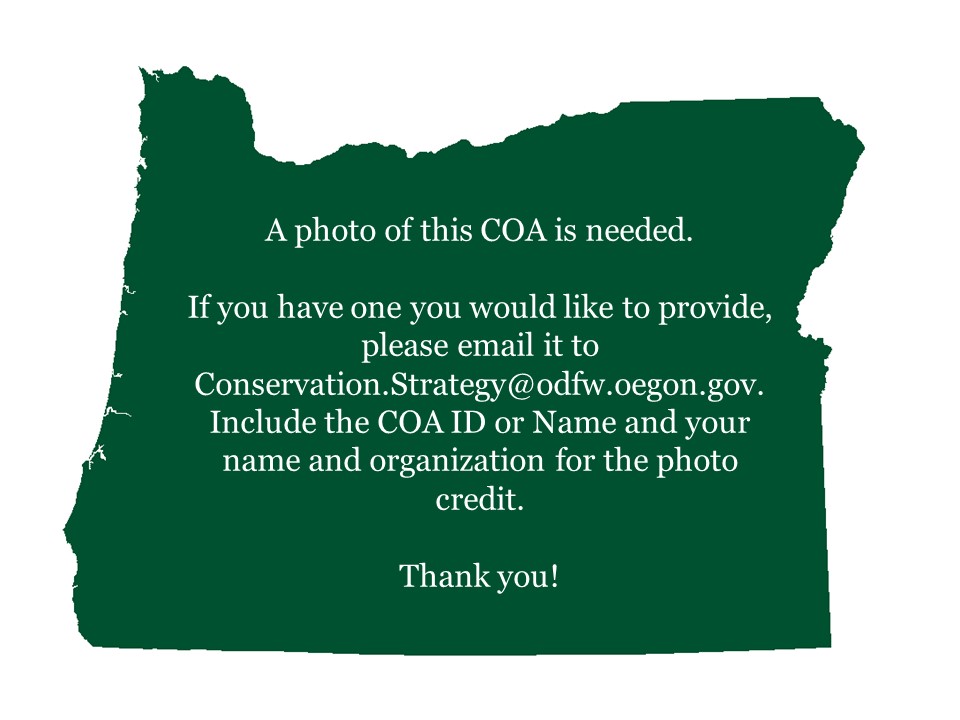
At the border of Grant and Harney County, area encompasses important sections of Rattlesnake Creek and Calamity Creek, immediately adjacent to the Silvies River COA
COA ID: 181
Ecoregions

Blue Mountains
Located in NE Oregon, the Blue Mountains ecoregion is the largest ecoregion in the state. It provides a diverse complex of mountain ranges, valleys, and plateaus that extend beyond Oregon into the states of Idaho and Washington.
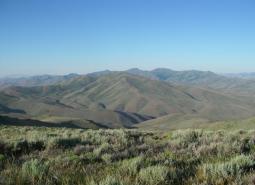
Northern Basin and Range
The Northern Basin and Range ecoregion covers the very large southeastern portion of the state, from Burns south to the Nevada border and from the Christmas Valley east to Idaho. It is largely a high elevation desert-like area dominated by sagebrush communities and habitats.
Strategy Habitats
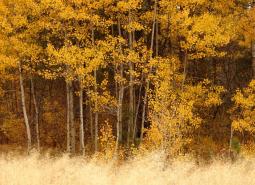
Aspen Woodlands
Aspen woodlands are woodland or forest communities, dominated by aspen trees with a forb, grass, or shrub understory. Aspen woodlands can also occur within conifer forests.
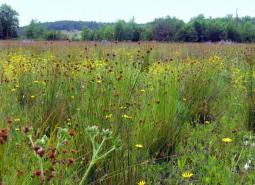
Grasslands
Grasslands include a variety of upland grass-dominated habitats, such as upland prairies, coastal bluffs, and montane grasslands.
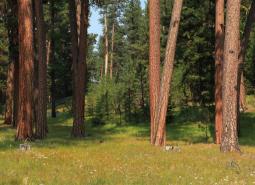
Ponderosa Pine Woodlands
Ponderosa pine woodlands are dominated by ponderosa pine, but may also have lodgepole pine, western juniper, aspen, western larch, grand fir, Douglas-fir, mountain mahogany, incense cedar, sugar pine, or white fir, depending on ecoregion and site conditions. Their understories are variable combinations of shrubs, herbaceous plants, and grasses.
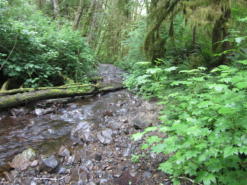
Flowing Water and Riparian Habitats
Flowing Water and Riparian Habitats include all naturally occurring flowing freshwater streams and rivers throughout Oregon as well as the adjacent riparian habitat.

Sagebrush Habitats
Sagebrush habitats include all sagebrush steppe- and shrubland-dominated communities found east of the Cascade Mountains.
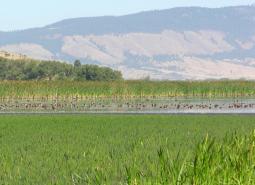
Wetlands
Wetlands are covered with water during all or part of the year. Permanently wet habitats include backwater sloughs, oxbow lakes, and marshes, while seasonally wet habitats include seasonal ponds, vernal pools, and wet prairies.
Strategy Species
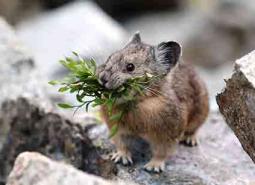
American Pika (Modeled Habitat)
Ochotona princeps

American Three-toed Woodpecker (Observed)
Picoides dorsalis

Black-backed Woodpecker (Observed)
Picoides arcticus

Bobolink (Modeled Habitat)
Dolichonyx oryzivorus
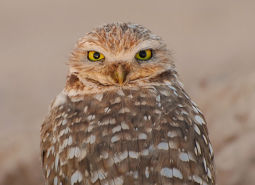
Burrowing Owl (Modeled Habitat)
Athene cunicularia hypugaea
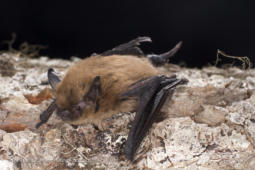
California Myotis (Modeled Habitat)
Myotis californicus
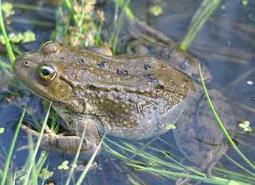
Columbia Spotted Frog (Observed)
Rana luteiventris
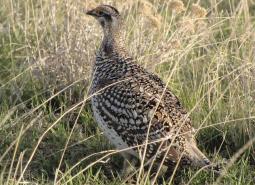
Columbian Sharp-tailed Grouse (Observed)
Tympanuchus phasianellus columbianus
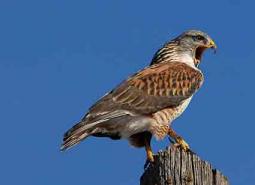
Ferruginous Hawk (Modeled Habitat)
Buteo regalis
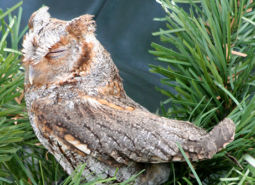
Flammulated Owl (Observed)
Psiloscops flammeolus
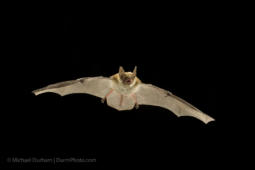
Fringed Myotis (Modeled Habitat)
Myotis thysanodes
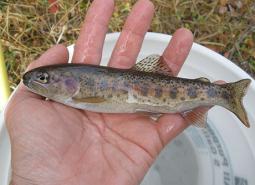
Great Basin Redband Trout (Documented)
Oncorhynchus mykiss newberrii
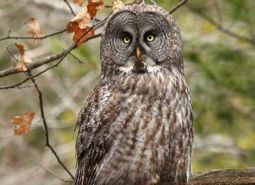
Great Gray Owl (Observed)
Strix nebulosa
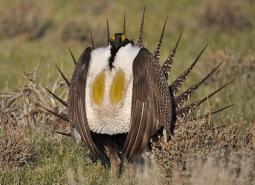
Greater Sage-Grouse (Observed)
Centrocercus urophasianus
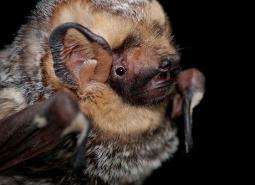
Hoary Bat (Modeled Habitat)
Lasiurus cinereus
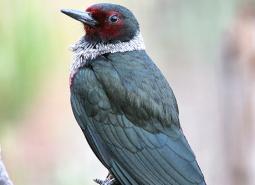
Lewis’s Woodpecker (Observed)
Melanerpes lewis
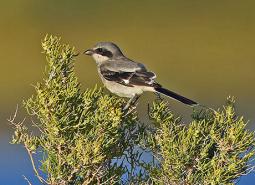
Loggerhead Shrike (Observed)
Lanius ludovicianus
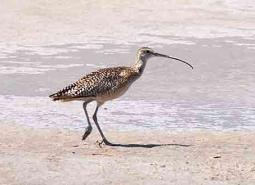
Long-billed Curlew (Observed)
Numenius americanus
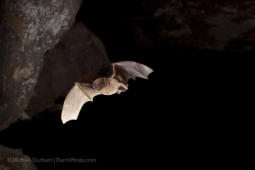
Long-legged Myotis (Modeled Habitat)
Myotis volans
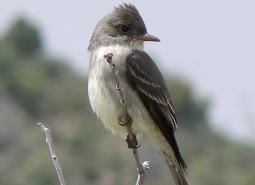
Olive-sided Flycatcher (Observed)
Contopus cooperi
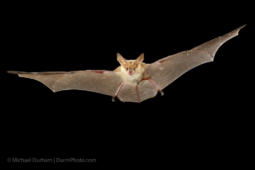
Pallid Bat (Modeled Habitat)
Antrozous pallidus
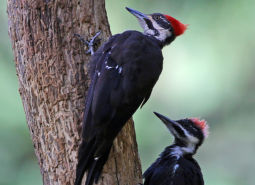
Pileated Woodpecker (Observed)
Dryocopus pileatus
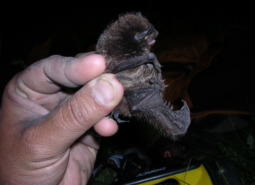
Silver-haired Bat (Modeled Habitat)
Lasionycteris noctivagans
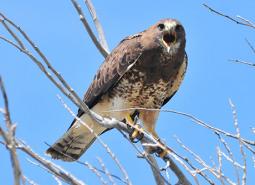
Swainson’s Hawk (Observed)
Buteo swainsoni
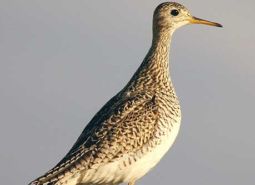
Upland Sandpiper (Modeled Habitat)
Bartramia longicauda
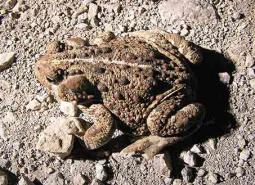
Western Toad (Modeled Habitat)
Anaxyrus boreas
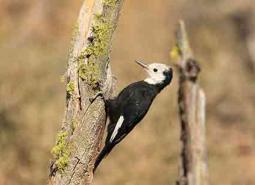
White-headed Woodpecker (Observed)
Picoides albolarvatus